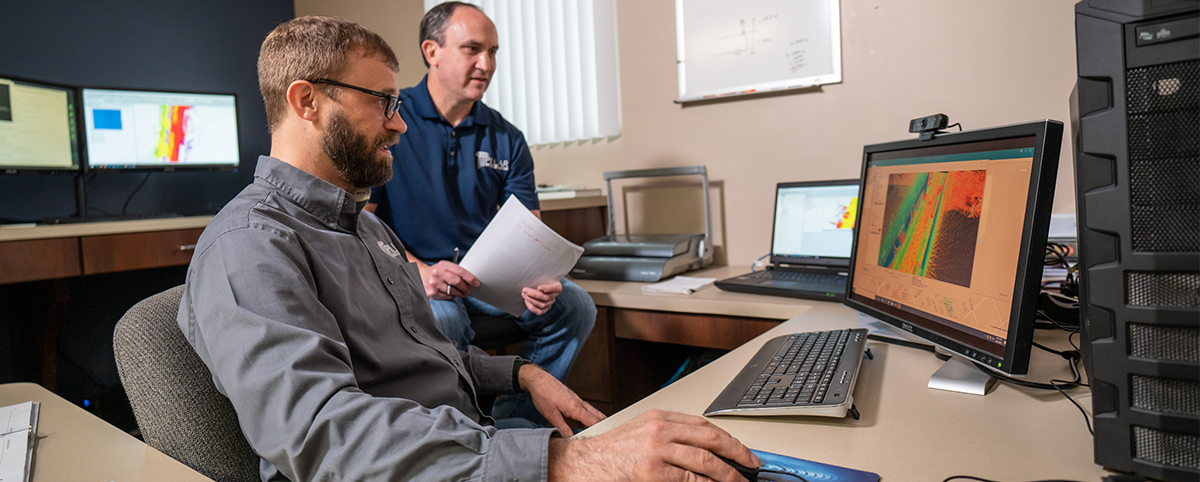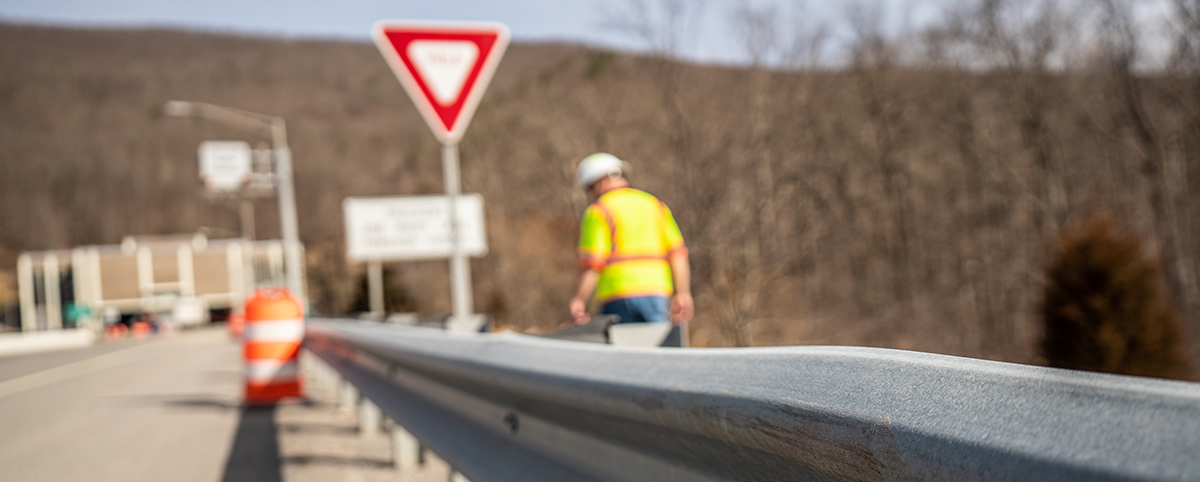In our world today we have an incredible amount of freedom to move about wherever and whenever we want. We just hop in the car, spend some time on the road and voila. We go to work, visit friends and family, or just go out for ice cream.
But sometimes we find ourselves asking, “Why is this lane closed? I’m in a hurry,” and assume there must have been an accident to cause this inconvenience. “It must be a bad one, traffic is terrible. I hope no one was injured.” Then when you find out there is no accident but a crew diligently working on the road you think, “What? Why are they doing this now? Couldn’t it wait till a time when I’m not trying to get through?” Unfortunately, if we waited until a time that was convenient for everyone there would never be time for maintenance, and maintenance needs to be done.
Our roadway infrastructure ranges from brand new to 100+ years in age. Even roads that are brand new still need maintenance. There are numerous reports that talk about the condition of the nation’s infrastructure and how bad it is. The majority of the nation’s interstates were built 50 and 60 years ago with some structures approaching the end of their designed lifespan. To make things more challenging for DOTs they have to make decisions with tighter budgets.
Road maintenance (Asset Management) is similar to home maintenance in the fact that there are variables that guide your decisions. Let’s use the roof on your home as an example of different aspects of maintenance to consider.
Condition: knowing the condition of the roof is a critical part of the decision making process. If the majority of the roof is in good shape but you are missing a few shingles you may just want to repair the shingles. Maybe the wind is steady against the front of your house but not the back. You might need to replace the front half every 5 years and the whole thing every 10. When enough shingles have blown off, they are deteriorated, or they are reaching the end of their lifecycle, then it may need to be replaced. If you installed 20 year shingles and it’s been 19 years you might want to consider replacement.
Budget: replacing a roof is an expensive endeavor and you want to make sure you have the money to cover the cost or the roofer might not show up. Knowing the condition helps tremendously with budgeting. Environmental factors: you don’t want to expose the roof to rain or snow. That’s what it’s supposed to keep out, right? You might skip scheduling it in April (April showers) and wait till July or August to make repairs.
Material requirements: the ideal temperature for asphalt shingle installation is between 70 and 80 degrees. Any colder than 70 and they may not seal correctly.
Resources: you’ll inevitably need some resources to help. Probably a ladder or some type of lift, extra manpower, a truck to get your materials to the house, etc.
Safety: if you install your own shingles you’ll want to make sure your ladder is safe, that you always use a three point stance when climbing up and down, and that you have a harness among other things. Or you can hire a professional and let them worry about it. So like the homeowner, budgets, asset conditions, environmental factors (weather/seasonal), material requirements, resources, and safety all have an effect on the decision making process of Transportation Asset Management.
The Asset Manager has to also consider items the homeowner does not: the scale (number of assets and locations) and contending with traffic. Asset locations: the homeowner’s asset is in one location, where the maintenance manager has tens of thousands of assets of different types scattered over hundreds of miles. In this situation, the asset location becomes important to help direct work and eliminate wasted efforts.
But wait a minute! That’s great you are considering all these different factors, but why are you in my way? The homeowner doesn’t have to contend with Traffic. With scheduled work, some maintenance work can be completed at night when traffic volumes are low. But even low traffic volumes have increased risk factors such as an increase in the number of drunk and tired drivers. Some work is just better accomplished during the day. You have more light to see and temperatures are usually more conducive for the workers and materials used.
Either way, the maintenance worker has to keep one eye on traffic and one eye on the job. They work just feet away from 2 ton hunks of steel traveling at 70 miles per hour. Traffic engineers do everything they can to keep workers safe. They design special boxes to go on big trucks that absorb the blow of a misdirected vehicle called crash attenuators; and they require workers to install signs, cones, barrels, messages signs that give the traveling public as much advanced warning as possible. The public can also call 511 for traffic information, check the 511 app, or use third party apps such as Google Maps and Waze all to see how traffic is flowing.
We refer to juggling all these different variables as Transportation Asset Management. This is all done to keep the infrastructure in the best shape possible for as long as possible, to keep the workers and traveling public safe, and make sure travelers can get from point A to point B with as little interruption as possible while staying within budgets. So the next time you run across a work zone hopefully you’ll have a better appreciation for the amount of work and planning that has gone into that work.
https://www.youtube.com/watch?v=Wpzvaqypav8
http://www.cbsnews.com/news/falling-apart-america-neglected-infrastructure/


